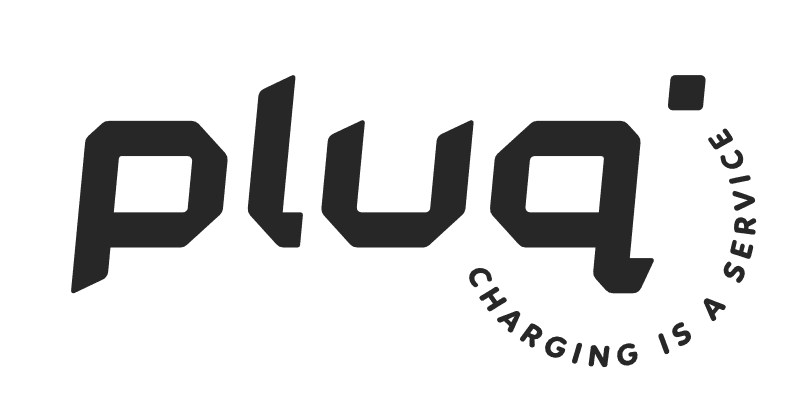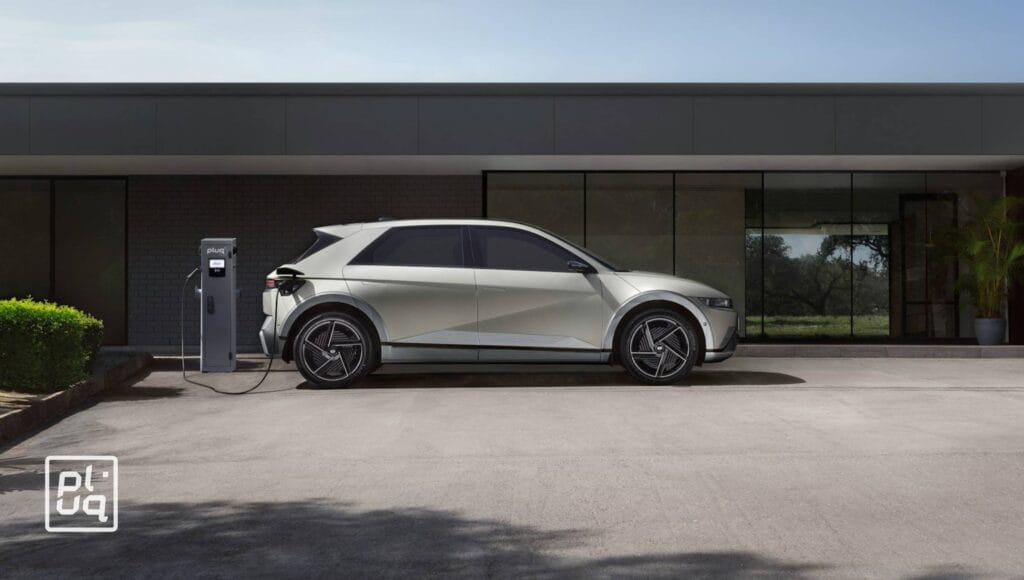This question keeps business owners and facility managers awake across the Netherlands, Belgium, and Germany. As grid congestion becomes a growing concern, so do the misconceptions surrounding network capacity and the feasibility of installing EV charging stations.
Can your company’s electrical network handle EV chargers?
We believe it can.
But that confidence comes with an explanation.
Three key factors determine whether your current energy infrastructure is fit for EV charging:
- Your grid connection’s maximum technical capacity
How many kilowatts can your main panel safely deliver? - Your contracted capacity with the grid operator
Your agreement may limit available power below what your network is capable of. - Your peak loads and energy usage over the past 12 months
This data, available via your grid operator or metering company, tells the real story. Or let Pluq request it on your behalf.
With these three inputs, we can calculate your actual charging potential.
From experience, we know that installers and grid operators often advise against installing EV chargers, usually citing limited capacity as the reason. But in most cases, that concern is misplaced. Low capacity doesn’t have to mean no charging.
Here’s why:
- Many networks already have headroom below the contracted peak, allowing for charging, especially outside of busy hours.
- Load balancing technology allows chargers to adjust output based on real-time energy availability.
- Smart charging during off-peak hours ensures vehicles charge efficiently, often gaining enough range (120+ km) in just two hours.
The bottom line is that there’s almost always a way forward.
And if, after careful analysis, your network genuinely can’t support charging, we’ll be the first to tell you.
But honestly? That’s rarely the case.
Want to know what your network can handle?

